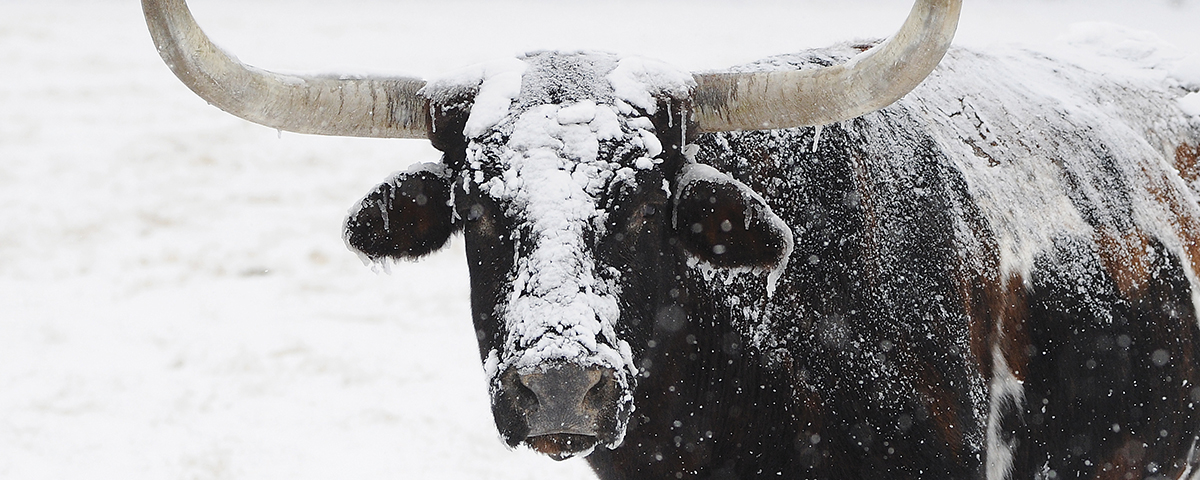The Old West that readers and the editors of Wild West love thankfully lives on despite suggestions in some circles it should be buried and forgotten. Among other entities and people that have kept alive that era in American history are Western magazines (like Wild West), films and TV series, traditional and dime novels, frontier nonfiction books, video games, Buffalo Bill and subsequent entertainers, Western history associations, artists, firearms collectors, the Single Action Shooting Society (SASS), reenactors, history-minded towns like Tombstone and Deadwood, rodeos, and present-day cowboys and cowgirls who still ride their horses to work on the range.
Yes, to cowboy up these days does not necessarily mean hopping into a truck or ATV to round up a herd, as horses can go places motor vehicles can’t (e.g., up steep slopes, through heavy brush, across rivers). That’s not to say the present-day cattle industry is much like its old-time counterpart, when cowhands drove “dogies” (usually Texas Longhorns) north across open range. That era’s heyday, since romanticized on the big screen (think John Wayne and Montgomery Clift in Red River) and small screen (think Eric Fleming and Clint Eastwood in Rawhide), stretched only about 20 years—from the end of the Civil War through the mid-1880s. As late as 1884 Texas cowhands drove more than 400,000 head to Kansas railyards and beyond, the greatest number on the trails since 1871. Various factors led to the demise of the open range, including overgrazing, drought, construction of more railroads, homesteaders, sheepherders and barbed wire. A more immediate blow fell during the killing winter of 1886–87, which came to be known as the Big Die-Up and is detailed by writer Chuck Lyons in the April 2019 issue of Wild West.
While that transformative event was hard on people (about 100 souls froze to death during a January 1887 blizzard), the human casualties pale in comparison to the toll it took on cattle from the northern Plains to Texas. Hard winters were nothing new on the Plains, but after the dry summer of 1886, the ensuing winter was the worst on record. In some places, writes Lyons, 90 percent of the range cattle died from exposure and starvation, and by April 1887 cattlemen had tallied 1 million carcasses, prompting the gloomy observation that a man could ride all day and never lose sight of the bloated corpses of his herd. Dakota Territory rancher and future U.S. president Theodore Roosevelt lost more than half his herd and lamented, “I am bluer than indigo about the cattle; it is even worse than I feared.” The deep drifts, icy winds and temperatures as low as 50 below zero devastated even the big ranchers, such as Wyoming’s Alex Swan, who declared bankruptcy after much of his 100,000-plus herd bit the snow dust.
Though an era was ending in dramatic fashion, cattle weren’t about to become extinct, and those who had weathered the storm knew changes were necessary if they wanted to stay in the business. Cattlemen began to take better care of their stock—expanding their grazing land (increasingly protected by barbed wire), building barns, purchasing and growing grain, and introducing new and better breeds of cattle. Cowhands were also forced to adapt. Spending months on long drives was no longer an option. Riding fence became more common, as there was a lot more of it to monitor and repair. Those unable to land jobs with the big operations might buy or rustle a few head of their own—that is, if they didn’t turn to such legal, if less-engaging, occupations as farming.
By the early 20th century technological advances and federal regulation were shaping the industry. In time cattle ranchers stopped warring with homesteaders and sheepherders and began confronting environmental groups and engaging in debate with health-conscious Americans who believed it wise to curtail their consumption of red meat, including good old beef. Yet through it all cowboys have endured, as have the realities and myths of the open-range era.
Wild West editor Gregory Lalire wrote the 2014 historical novel Captured: From the Frontier Diary of Infant Danny Duly and “Halfway to Hell” in the 2018 anthology The Trading Post and Other Frontier Stories. His article about frontier baseball in Roundup, the membership magazine of Western Writers of America, earned him a 2015 Stirrup Award.





